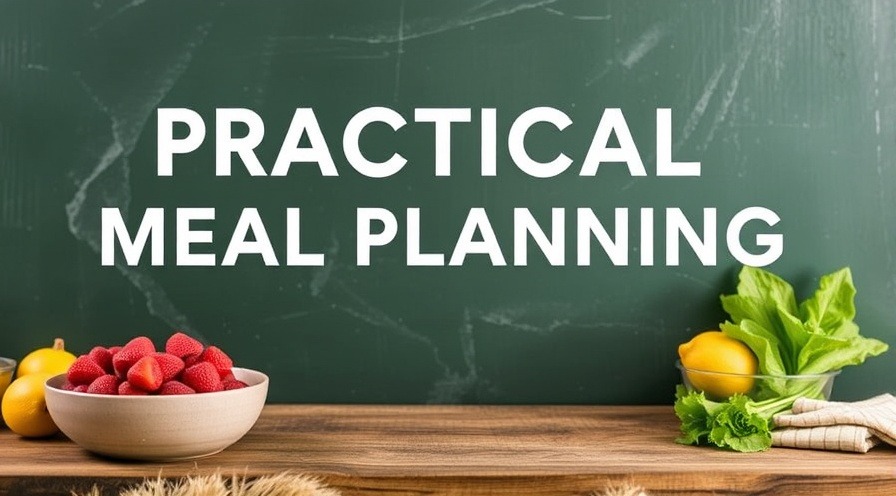
Understanding Daily Caloric Needs
Ever found yourself wondering about your daily caloric intake? As health-conscious adults seeking a balanced lifestyle, understanding how much you should eat is crucial. Doctors Paul Zaza and Brad Weining addressed this perplexity in their engaging video, What 2000 Calories Actually Looks Like. They emphasize that caloric needs vary based on factors like height, weight, activity level, and age, but for most people, it's generally in the range of 2,000 to 2,500 calories a day.
In What 2000 Calories Actually Looks Like, the discussion dives into daily caloric intake and portion control, exploring key insights that sparked deeper analysis on our end.
What 2000 Calories Really Looks Like
So, what does a day at 2,000 calories actually look like on your plate? The doctors provide insightful tips for estimating portion sizes, which most individuals often misunderstand. Their premise is one of empowerment: by eating whole foods like vegetables, you can actually feel full without exceeding your caloric limits.
Portion Control: Tips and Tricks
The importance of accurately measuring portion sizes cannot be overstated. According to the doctors, people often underestimate calorie intake by 20-30%. If you're trying to gauge how much you actually consume, keeping a food journal is a game-changer. By tracking everything you eat—from breakfast oatmeal with berries to savory lunches of chicken and quinoa—your awareness of caloric intake increases significantly.
The Sneaky Foods to Watch For
You might be surprised to learn that foods like snack bars and condiments can contain high caloric values with little nutritional benefit. For instance, a single Twix bar might have around 250 calories, yet it offers little in terms of vitamins or minerals. The takeaway? Recognizing these "sneaky" foods helps you make informed choices while enjoying your favorite treats.

Practical Meal Planning
The duo also outlines a flexible meal plan as a practical guide for 2,000 to 2,500 calories. Starting your day with a well-rounded breakfast of oatmeal and nuts gives you about 400 calories, while a lunch of grilled chicken and vegetables can net you an additional 500-600 calories. With dinner carefully planned, you're left with leeway for healthy snacks or a dessert, helping you maintain satisfaction without guilt.
Benefits of Whole Foods
Lastly, focusing on whole foods proves to be a winner not only for health but also for feeling full. Vegetables, fruits, and lean proteins offer high nutritional value that fills your stomach without overflowing your caloric budget. This approach not only aids in weight management but also ensures that you receive essential nutrients every day.
Before you take another bite, consider continuously tuning into your body's hunger signals. Eating mindfully and tracking your food may unveil hidden patterns in your consumption. If you want a deeper dive into this subject, be sure to follow the insightful discussions shared by health influencers like Zaza and Weining, who provide a refreshing perspective on nutrition.
By paying attention to how many calories you consume and making conscious food choices, you can enjoy a fulfilling and nutritious diet. If you feel like you're not seeing results in your health journey, try journaling your meals for a week to uncover any mistakes. Sometimes, the journey to better health begins with understanding the basics—like what 2,000 calories actually looks like!
 Add Row
Add Row  Add
Add 




Write A Comment